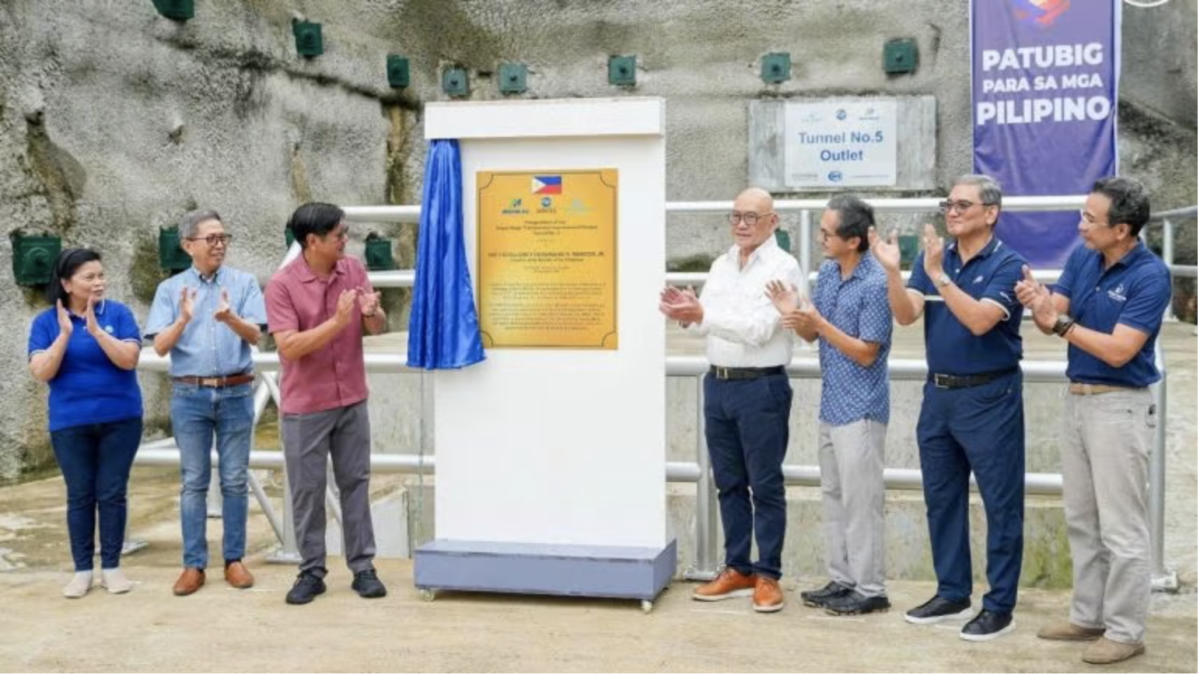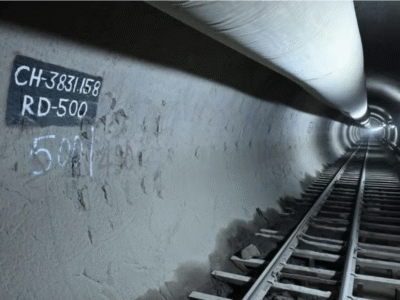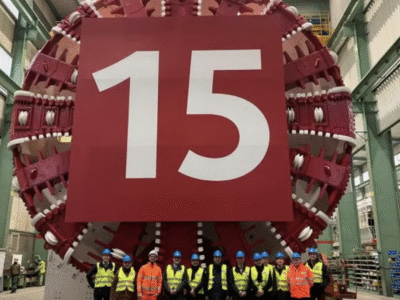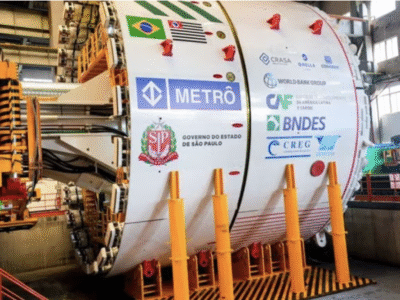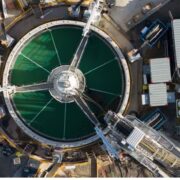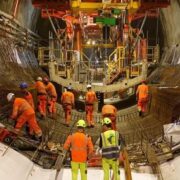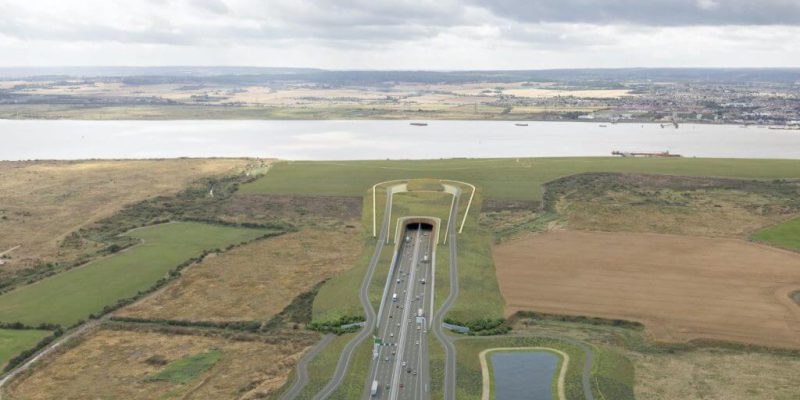
Considering the obvious require of decreasing congestion on the Dartford Crossing, Lower Thames Crossing (LTC) executive director Matt Palmer is confident the bided National Highways project will be get green light.
According to Palmer’s report to NCE, the time of congestion peak on the Dartford Crossing commences from 10am and finishes at 10pm, hence it indicates the strong need for another route.
He also added: “I am confident that any government whether it be blue or red will approve it. The issue is just when and timing. We’ve spent a lot of time looking at it and this year all of our new governments have been supportive because the need for the scheme every day is demonstrable. It never fails to deliver, the congestion on Dartford. It is the worst piece of congestion we’ve got in the UK. The impact it has is dramatic so something needs to happen.”
“It’s so obvious why you need it. We’ve taken a number of our key stakeholders to the control room at Dartford and you only have to be there 15 minutes and something will happen. We have 50 people on standby just to keep one mile of road running. It is bonkers. So you’ve got an absolutely compelling narrative for the scheme,” said Palmer.
Connecting Kent and Essex to relieve congestion at the Dartford Crossing, LTC’s new tunnels and roads are 23km. In November2022, the expansion consent order (DCO) application for the LTC was submitted and because of the Planning Inspectorate’s demand for more information in relation to construction plans and environmental mitigations the initial application was withdrawn two years later. The DCO application has now been accepted by the Planning Inspectorate for examination.
Palmer also explained: “We’re a democratic country and back in 2008 the Planning Act came together. Up until about 2017 everything ran through really smoothly and then thereafter it’s got more difficult. You can kind of blame that on Brexit if I’m honest because it’s really the National Policy Statements that are getting old that we just didn’t have any Parliamentary time to get them up to date.”
He continued: “If you look at what they asked us to do, it’s all things you would expect: do environmental surveys, do an in-depth environmental assessment. All of that stuff is kind of logical. The only place that does it differently is the Middle East or China.”
The spent budget in order to developing the two DCO applications by National Highways was £267M as NCE recently revealed.
“Everyone talks about the cost, but what it actually does is bring work forward so what you end up doing is more work up front which gives you better cost certainty and better outcomes. So while everyone moans about it, much of that is about driving out uncertainty. It’s very hard to say what’s wasted, when actually a lot of it is just front-end loading it. Now if you look at it from a commercial perspective, if you think there’s a chance of it not going ahead, you’re being forced to bring forward a lot of work that may or may not happen but if you look at the success rate of DCOs it still runs in 98% to 99%,” stated Palmer.
He also asserted: “I think the biggest problem is not so much the cost, it’s the time, because it typically takes seven years to plan a job and get it on site, then it normally takes about seven years to build it. So you’re 14 or 15 years out of date when you open it. Someone once said to me: ‘you’ll always build stuff that’s out of date’ and, to some extent, there’s a danger of that.”
“These are big assets and everyone is quite risk averse with big assets so you typically want to go just give me what was good last year. So asset owners are well known for being risk averse because we’ve got to have an asset that lasts 100 years but carbon is challenging us to be different,” Palmer explained.


